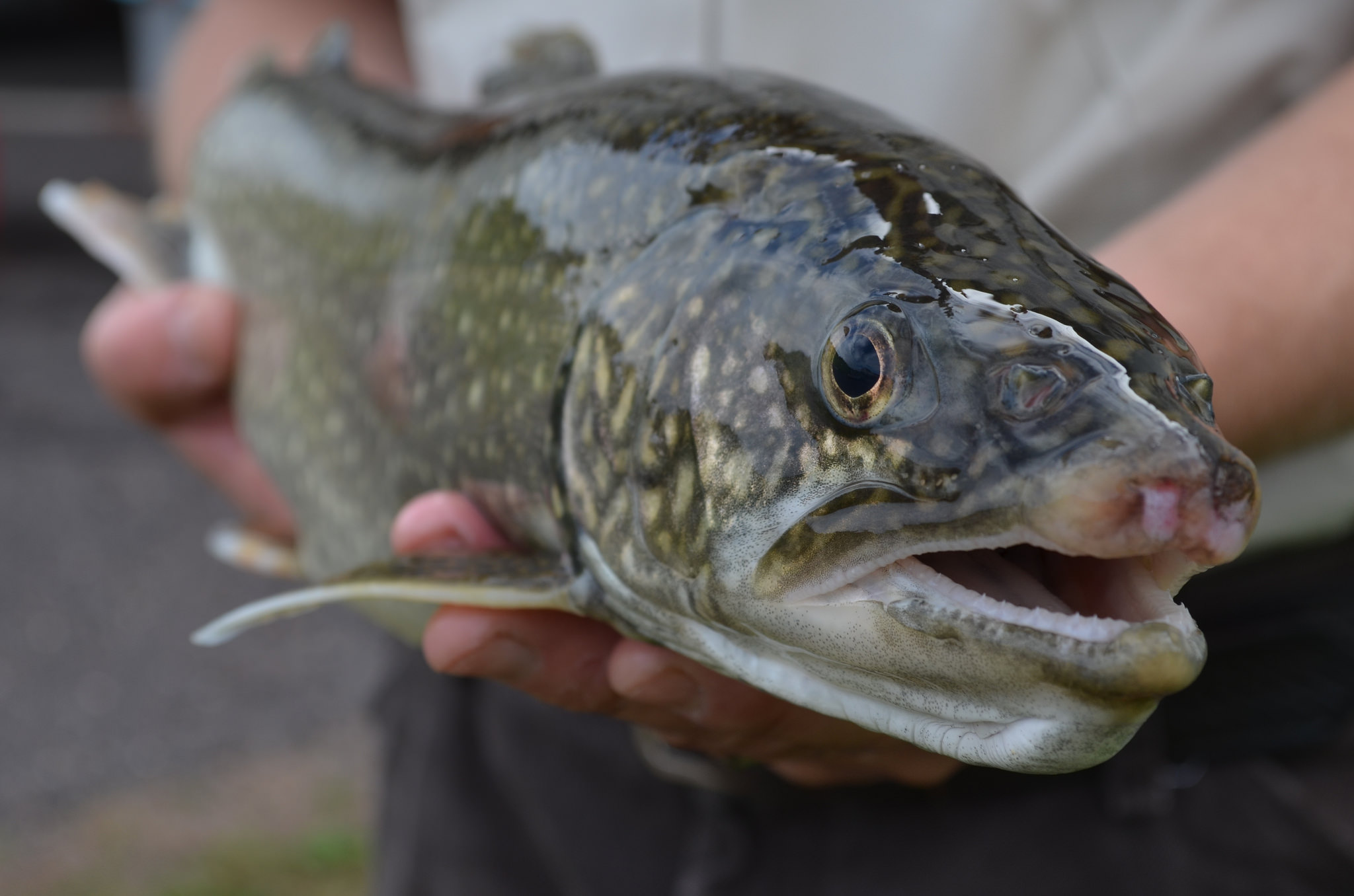An Industrial Chemical Finds its Way into Great Lakes Trout
An industrial chemical is showing up in low levels in trout from the Great Lakes. It’s called perfluoro-1-butane sulfonamide (FBSA) and can be traced back to detergents and waterproofing products first used in 2003.
Robert Letcher, a senior research scientist for Environment and Climate Change Canada, a department of the Canadian government, tested trout samples from eight different sites in Lakes Erie, Huron and Ontario. They also tested fish from three other lakes in Canada. Almost all of the fish his team tested had detectable levels of FBSA in their bodies.
The levels are extremely low—parts per billion low. But Letcher says it was a surprise to find the chemical in fish.
“We were the first ever to find this compound in the environment,” he says. “It’s never been reported before.”
LISTEN: “Your Environment Update for February 24, 2016”
The researchers don’t know whether the FBSA they’ve detected is a result of other chemicals breaking down in the environment, or whether the chemical is coming straight from industrial products.
FBSA was introduced to replace a different chemical that was found to be breaking down in the environment and finding its way into the food web. In 2006, the Environmental Protection Agency put together an industry-wide agreement to phase that chemical out. But now, it’s replacement—FBSA—is showing up in the environment too.
Letcher says scientists often have to play catch-up to figure out if there are problems with new chemicals brought onto the market. He says one of the next steps is to look at other species in the food web. That way his team can figure out if this chemical is building up in other organisms.
Reporting by Lindsey Scullen / Michigan Radio
Is the Great Lakes Region Poised for an Economic Boom?
In a world that faces increasing problems with water scarcity, the Great Lakes region could be poised to draw businesses—big and small—from other parts of the country. But despite the region’s vast quantities of freshwater, water quality can’t always be taken for granted.
One example: Big Crickets Farms, which raises edible crickets for restaurants and specialty foods producers. Owner Kevin Bachhuber moved his business from drought-stricken California to Youngstown, Ohio in part because there was plenty of water. But in Youngstown, the farm periodically experienced large die-offs, and Bachhuber suspected the water. Turns out, the water was highly chlorinated, which took its toll on the crickets. He lost 8 million crickets and 40 million eggs—resulting in $100,000 in lost contracts.
“It was horrifying to watch,” Bachhuber says.
It’s a familiar story for Bryan Stubbs, director of the Cleveland Water Alliance. Stubbs says he’s been hearing more and more about the need for clean water in manufacturing.
“Fifteen years ago, water was—in that relocation mix of a company—14th or 15th on their priority level,” Stubbs says. “It’s now coming up to third, fourth or fifth.”
Stubbs says businesses want to know how much it will cost to clean the water to meet their needs. And they don’t want unexpected contaminants shutting down their production. Meanwhile, Big Cricket Farms has decided to leave Youngstown.
Reporting by Julie Grant

